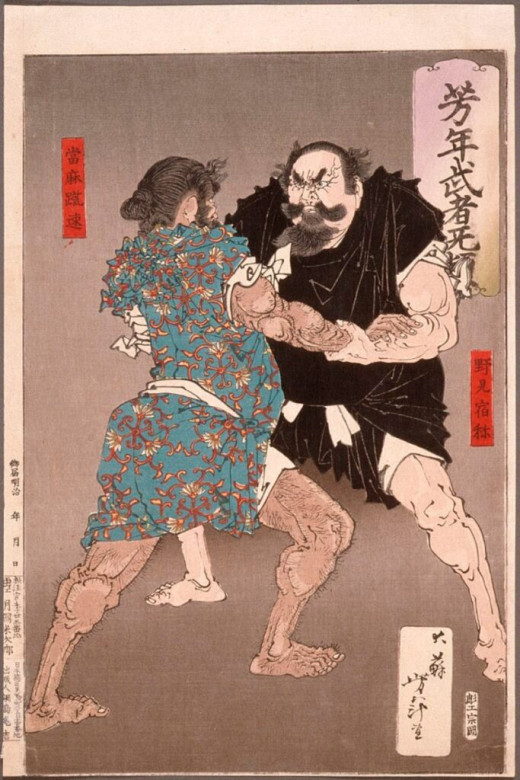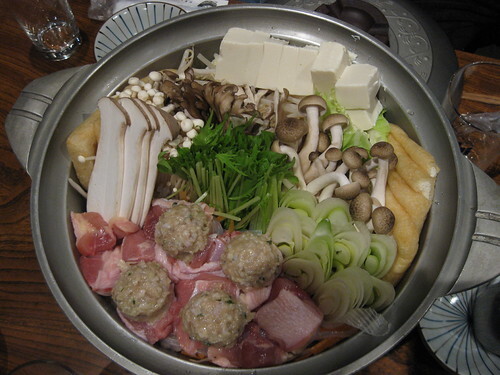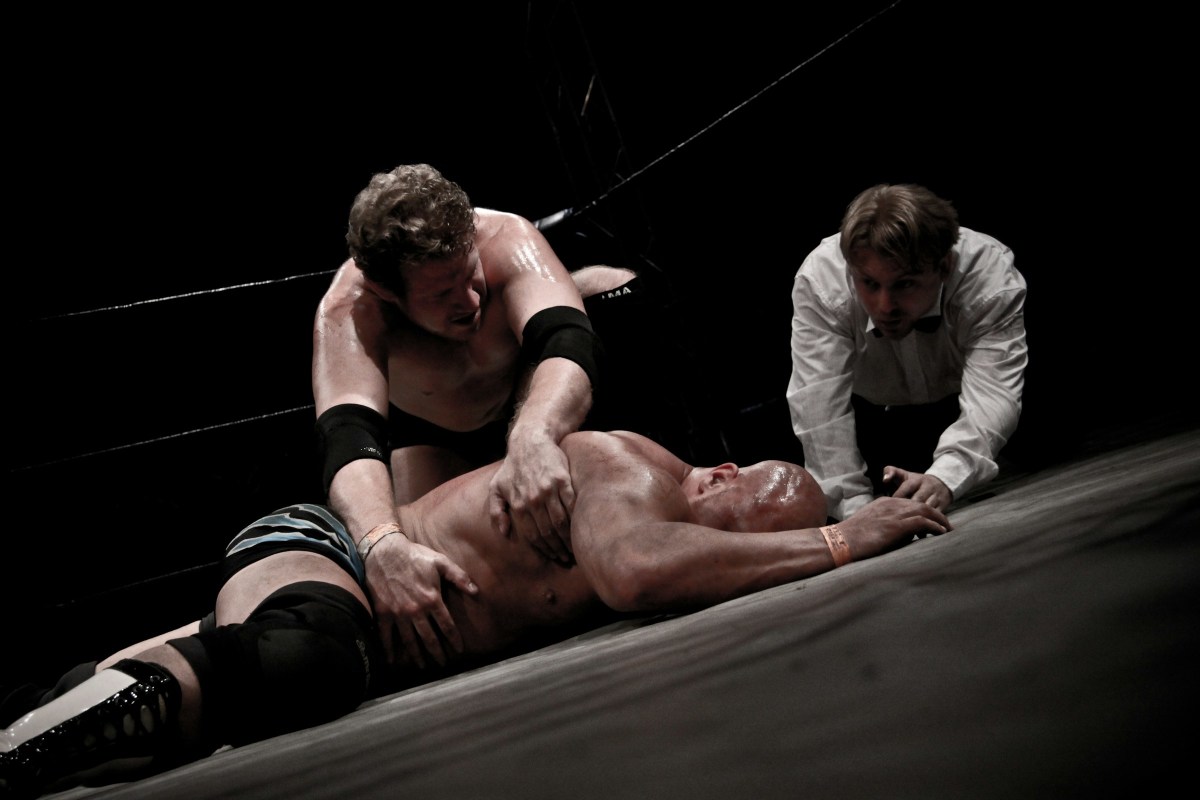The Strange Lives of Sumo Wrestlers

An Ancient Ritual
Sumo wrestling is far more than two giant mounds of flesh crashing into each other. It is bound by sacred cultural traditions and an unusual lifestyle followed by competitors.
The Origin of Sumo Wrestling
Shinto is Japan's traditional religion that stresses the veneration of ancestors and the belief that spirits, known as kami, inhabit all things. Part of the religion emphasizes the need for harmony between people and the kami and this is achieved through festivals and rituals, one of which is sumo wrestling.
The earliest recorded contest was 2,000 years ago but it wasn't seen as a sport. Travel writer Tony Sutherland-Smith tells us that “it was a sacred ritual. Matches were held to honour the kami and ask for their blessings, especially for good harvests. These ceremonies often happened during the rice planting season and were seen as a way to pray for or predict how the crops would turn out.”
Gradually, sumo wrestling became formalized but it still retains some of its original sacred rituals. Wrestlers, known as rikishi, throw salt into the ring to purify it and they stamp their feet to drive off bad spirits. In addition to these ancient customs, referees wear garments reminiscent of those of Shinto priests.

The Life of Sumo Wrestlers
So, you want to be a professional sumo wrestler? If you are a woman, you'll have to pursue some other dream. Sumo, at the professional level, is a male-only preserve. According to the Australian Broadcasting Corporation, the sumo ring, known as the dohyo, is “a space in which women have long been deemed too 'impure' to enter.”
For young men, there is an entrance examination and a requirement to be 147 pounds in weight (67 kg), over five-and-a-half feet tall (167 cm), and under 23 years of age.
Having met the metrics, would-be rikishi join a stable (heya), of which there are more than 40.
Once recruited, the wrestler's life changes completely and becomes one of monastic rigidity. The stable is hierarchical and the junior recruit must develop strict adherence to rules and rituals.
The men live communally and follow, what to many of us, would seem to be a brutal regimen. Only those who have advanced to the top two tiers of six are allowed to marry and live independently. The junior-level rikishi get room and board, plus a small allowance
The day starts at 5 a.m. With morning training running from 6 a.m. to 9 a.m. This involves hours of muscle-building exercises and sparring bouts.
Then, comes breakfast, usually a dish called chanko-nabe, which is a high-protein stew served in massive quantities in order to bulk up the wrestlers. Then, there are several hours set aside for household chores such as laundry, rest, and meal preparation.
Dinner is another vast meal that lasts for as long as the rikishi can drive in food. The daily intake is about 7,000 calories. Bedtime is at 9 p.m.
Former sumo wrestler Tsuyoshi Mizuguchi says, “The life of a sumo wrestler is not only about physical growth, but also about personal development through hardship and structure.”
In public, the wrestlers must wear traditional Japanese clothing and follow a strict code of humility and respectfulness.

The Rules of Sumo
Sumo wrestlers belong to an exclusive club; in a nation of 123 million, only about 700 are sumo wrestlers. Just 70 of these rise to the top two levels, called sekitori, and their rankings depend on how they perform in the six major tournaments that are held each year.
Bouts take place in a 15-foot diameter circle on a raised platform. The goal is to force an opponent out of the ring or to throw them to the ground. Punching with a closed fist, choking, eye gouging, and hair pulling are not allowed. Neither is going for the crotch.
Unlike boxing, there are no weight classes, so a 400-pound behemoth might be matched against a much smaller wrestler, in an agility versus brawn bout.
Lengthy, sacred rituals precede each match. The bout itself starts when both wrestlers touch the ground with their hands and they then crash into one another. The contest is usually over in a matter of seconds.
Wrestlers move up or down divisions depending on their results. It's very difficult to reach the top two levels and it's a struggle to remain there. At the highest levels, wrestlers are paid a decent salary but if they lose enough bouts they are demoted and take a big cut in pay.
Sumo wrestlers tend to retire early, in their 20s, to avoid the ignominy and financial hit of being demoted. Many retired rikishi open restaurants as cooking is one of the skills they learn while training in the stables.
The massive weight gain cuts into the life expectancy of sumo wrestlers with many succumbing to heart disease and diabetes in their 60s.
Bonus Factoids
- While women cannot compete in professional Sumo tournaments they do take part in amateur events.
- The stables are not quite exclusively Japanese with a small number of foreign nationals allowed to join the ranks of sumo wrestlers.
- Pavel Bojar from the Czech Republic wrestled under the name of Takanojama Shuntaro, which roughly translates into “noble mountain.” The name was an ironic reference to his small stature, weighing just 220 pounds. In 2011, he was promoted into the ranks of the sekitori, the top two divisions of sumo.
Sources
- “The Role of Shinto in Japanese History.” japanese.mythologyworldwide.com, October 3, 2024.
- “The Fascinating History of Sumo Wrestling.” Tony Sutherland-Smith, japantravelplanning.com, undated.
- “A Woman’s Place Is in the Sumo Ring.” James Oaten, Yumi Asada, and Matt Davis, ABC News, April 24, 2024.
- “Want to Be a Professional Sumo Wrestler? The Real Journey Foreigners Can Take to Reach the Ring.” Tsuyoshi Mizuguchi, sumo-wrestling.com, August 18, 2025.
- “Sumo Wrestling: Exploring Japan’s Sacred Sport Tradition.” socialstudieshelp.com, undated.
- “Can Sumo Wrestlers Marry?” Yuuna Morishita, thejapaneseway.com, 2025.
- “Sumo: The History & Rules.” japanistry.com, undated.
This content is accurate and true to the best of the author’s knowledge and is not meant to substitute for formal and individualized advice from a qualified professional.
© 2025 Rupert Taylor








